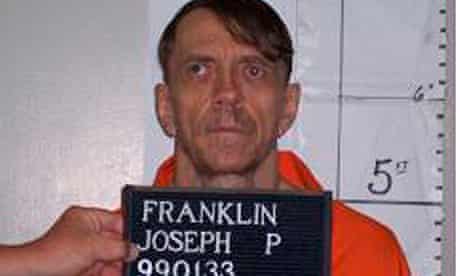Gary Welch Oklahoma Execution
Gary Welch was executed by the State of Oklahoma for the murder of a man over drugs. According to court documents Gary Welch and the victim Robert Dean Hardcastle, 35, were involved in an argument over drugs when Gary beat and slashed Robert with a beer bottle causing his death.. Gary maintain the killing was … Read more








